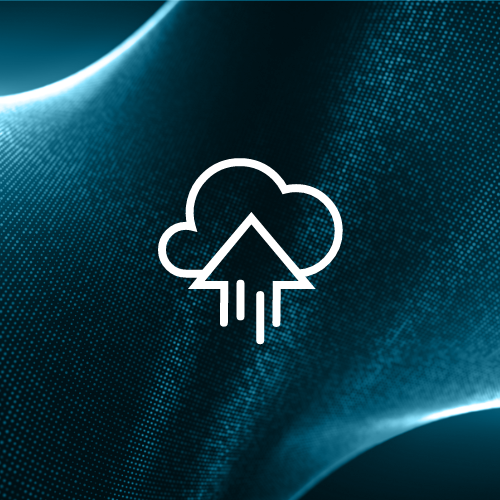Today, enterprises operate with mission-critical databases that need resiliency at scale. Oracle Real Application Cluster (RAC) provides enterprises with high availability and horizontal scalability by running a single database on shared storage which allows customers to access it from multiple compute nodes. Druva’s data protection solution allows you to seamlessly protect your RAC databases and automatically discover single or multinode instances.
Why Druva for Oracle RAC?
Intelligent discovery of RAC databases
The discovery of RAC databases has unique challenges including identifying if the instance is a RAC or a standalone, fetching cluster information for RAC instances, managing multiple node discovery, and correlating this information at the control pane to represent RAC as a single entity.
Druva’s intelligent discovery mechanism mitigates these challenges in the following manner:
Determines if an instance belongs to RAC by identifying if both, Lock Monitor (lmon) and Process Monitor (pmon) processes are running for that instance.
Uses a combination of srvctl, olsnodes, and crsctl commands to fetch cluster information like cluster name, type of RAC database, number of instances, database name, and so on.
Shallow Discovery from multiple nodes for the same RAC database is merged into a single entity by correlating the data fetched from the above steps.






